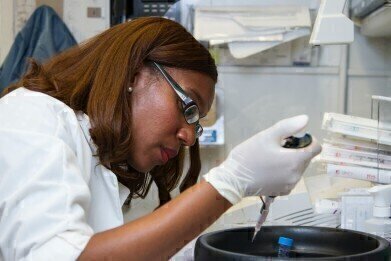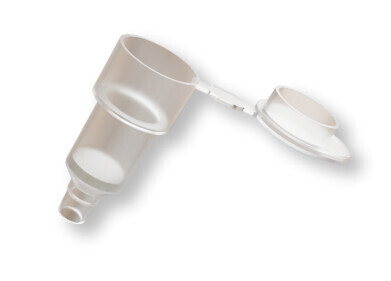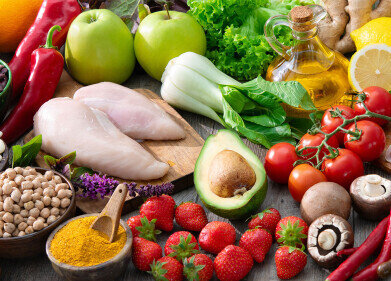Sample Prep
What Are the Sample Preparation Steps?
Jun 25 2022
While sample preparation sounds like one additional phase before chromatography analysis, there are actually a number of steps involved. Looking at specific methods, there are actually well over 30 potential steps that researchers use. However, some are more common than others.
In this post, we’ll take a closer look at six common steps of sample preparation – from collection to enrichment…
- Collection
The first step of sample preparation is collection. In simple terms, this is the extraction of a representative sample from a larger source. That could be anything from a blood sample to a food sample. Whatever the case, it’s important to minimise sample loss, avoid contamination and ensure consistency.
- Storage
The next critical step is storage, which needs the right approach to preserve the sample properly. Temperatures are vital, with blood samples requiring a storage temperature of 2-8°C, for example, and no longer than eight hours at room temperature.
- Enrichment
Sample enrichment refers to the process of retaining and concentrating analytes while removing the sample matrix. Removing the matrix before inserting the sample, allows for higher sensitivity.
- Extraction
Another possible step is the chemical modification of samples for pre-separation, such as nucleic acid extraction. In this case, an acidic solution is used to separate RNA from proteins and DNA when preparing samples from living organisms.
- Quantification
Also known as quantitation, quantification ensures that samples sit within the detection limits for the chosen analysis technique. Quantification can be absolute, where the sample is directly quantified. Or it can be relative, where it is analysed compared to another sample.
- Concentration or dilution
After quantification, you may find that the analyte levels in the sample are too low for analysis. In this case, they will need to be concentrated. On the other hand, the sample can also be diluted if analyte levels are too high for analysis.
A demanding process
The six steps above are just the tip of the iceberg when it comes to sample preparation. With over 30 possible steps, most researchers will use around four techniques before analysing their sample.
With that in mind, it’s no surprise that sample preparation is often the most time- and resource-consuming part of chromatography analysis. However, it’s not always possible to complete each and every stage of the sample preparation process.
That’s especially true for in-field analysis using portable chromatography equipment. Thankfully, there are solutions available, such as novel coiled microextraction, as discussed in the article ‘Novel Coiled Microextraction Sampling Device used for Field Sampling of Illicit Drugs of Abuse and Analysis by Micro Gas Chromatograph/Mass Spectrometer’.
Digital Edition
Chromatography Today - Buyers' Guide 2022
October 2023
In This Edition Modern & Practical Applications - Accelerating ADC Development with Mass Spectrometry - Implementing High-Resolution Ion Mobility into Peptide Mapping Workflows Chromatogr...
View all digital editions
Events
ACS National Meeting - Fall 2024
Aug 18 2024 Denver, CO, USA
Sep 04 2024 Chiba, Tokyo, Japan
Sep 04 2024 University of Warwick, Coventry, UK
Sep 10 2024 Rockville, MD, USA
Plastics Recycling World Expo Europe
Sep 11 2024 Brussels, Belgium













